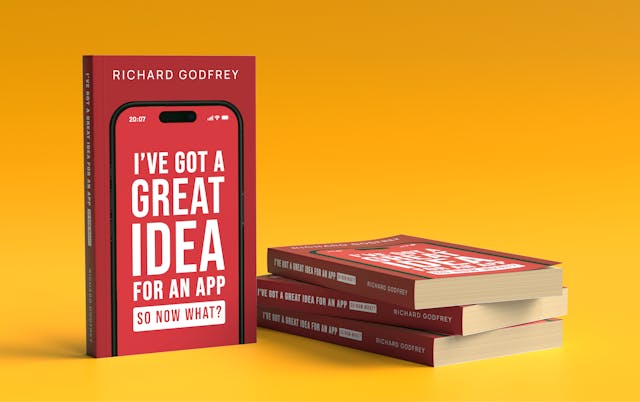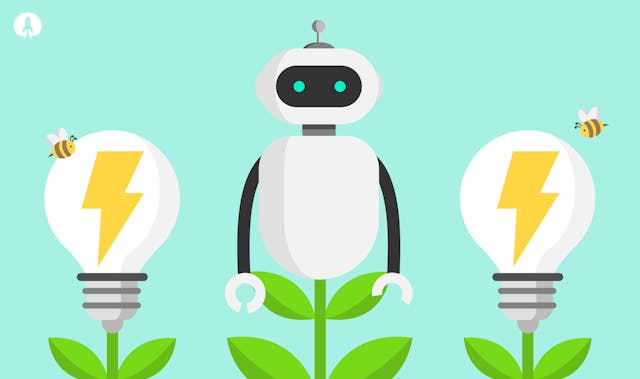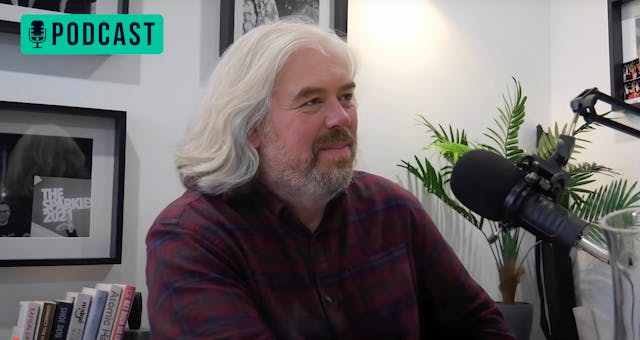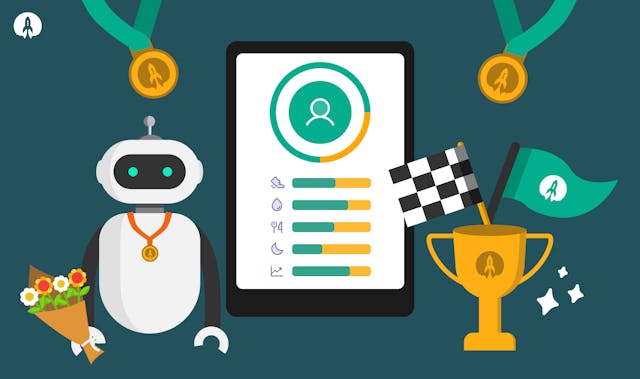Cloning Richard
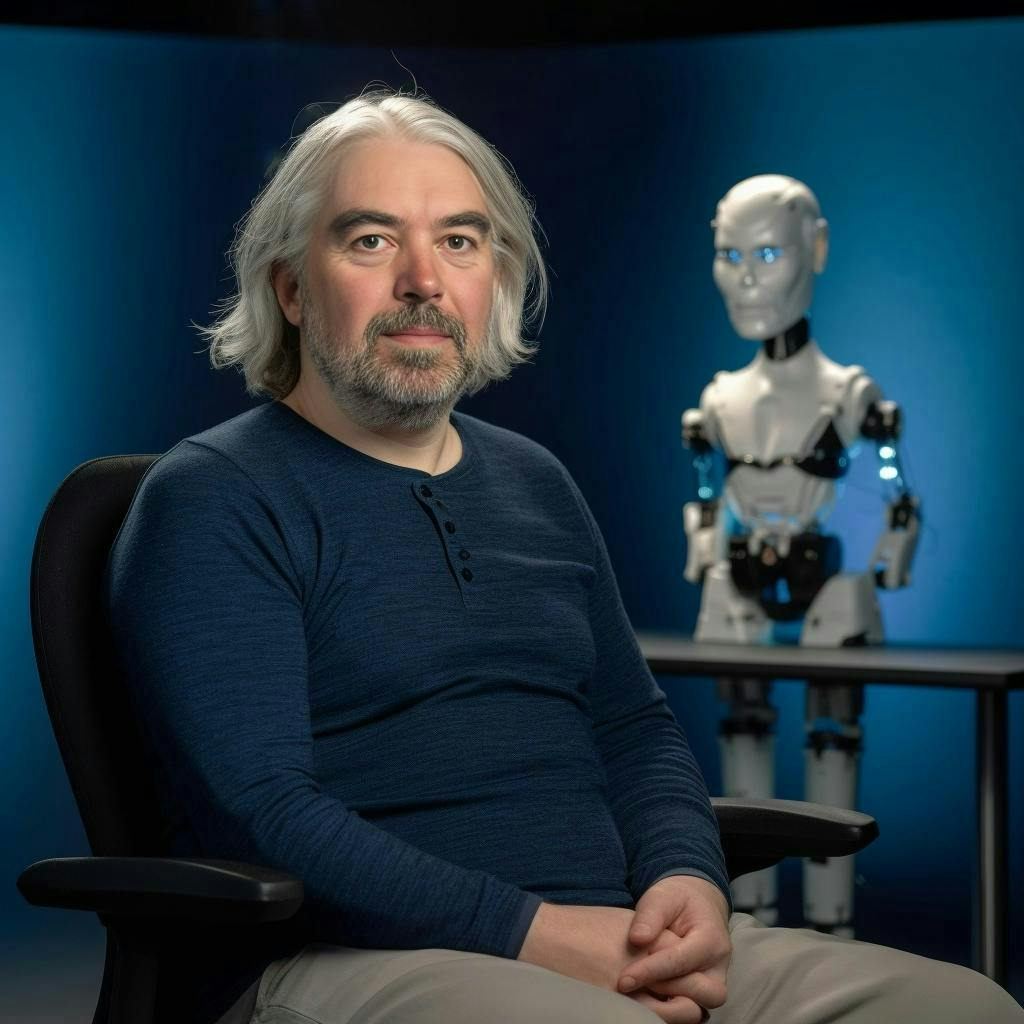
In 2022 Rocketmakers moved into a new office - a bigger space, more meeting rooms, and a glamorous and spacious reception. But, the number of guests we have doesn’t really warrant having a full-time receptionist so the team wondered what would make the best welcome to our office for visitors.
We figured the most personal welcome would come from Richard, the CEO and face of Rocketmakers. But Richard is also the least likely man to sit still at a desk for more than 10 minutes so we turned to technology. The challenge was set - can we create a holographic version of Richard that can welcome and chat with visitors when they arrive?
Over the coming months, the team built the hardware and software from scratch which became affectionately known as ‘head in a jar.’ They started with an animated hologram of a 3D rocket, and a squidgy unicorn, and then graduated to a 3D model of Richard’s head. The challenge was to get a believable 3D holographic representation of Richard connected to an advanced language model and voice synthesis so he could handle questions directly from the visitors.
To build the hologram, they used AI-powered software that would take a photograph of a person and create a 3D model fully rigged for facial animation. The output was then exported to a game engine and Richard’s head was ready to be given a brain and a voice.
For the brain, they used a selection of popular large language models (LLM’s), combined with carefully thought out prompts to both recreate Richard’s personality and provide him with current and relevant information.
To emulate Richard’s voice, a selection of various voice synthesis and cloning AI platforms were trialled, weighing up accuracy against speed. Each was provided with a little over 5 minutes of audio of Richard talking.
Now they had the head, the brain, and the voice, the last part was connecting them all together and making him talk! Synchronising lip and facial movement with speech audio in real-time isn’t something that has been very widely done but thanks to connecting a few game engine plugins, Richard finally came to life. A final piece of AI technology was added to allow translation of speech to text to allow people to talk to him naturally and he was ready to go!
Ultimately we have built an interactive hologram which, at the click of a button, can respond to questions and conversation articulated out loud by a visitor.
And so a holographic clone of Richard was born. Once we'd recreated Richard we realised we could recreate anyone. So since then, we've pitched the idea to several businesses who have shown interest not just in their receptionist function but also in engaging with long-dead historic figures - imagine a real-life centurion welcoming you to a historic site!
